Dial-A-Watt: Selectable Wattages For Limited Power Applications
Boating is a passionate hobby for man. However, during the winder months it is common to winterize vessels until spring, putting a damper on your favorite activities.
Marine heaters are built to withstand the challenging conditions of the marine environment, including exposure to moisture, salt, and vibrations. They are used to keep the interior of the boat warm and comfortable, extending the boating season into colder months.
Most electric heaters require a substantial amount of power (typically between 500 to 1500 watts) so it is crucial your boat’s electrical system can handle the heater’s wattage.
That’s where King’ Dial-A-Watt selectable wattage marine heaters come in.

Dial-A-Watt 7 Wattages: 1 Heater
Adjust power output instantly, maximizing heat output under varying conditions.

MODEL DAW-SS
Stainless Steel Selectable Wattage Marine Heater
250 to 2,250 watts
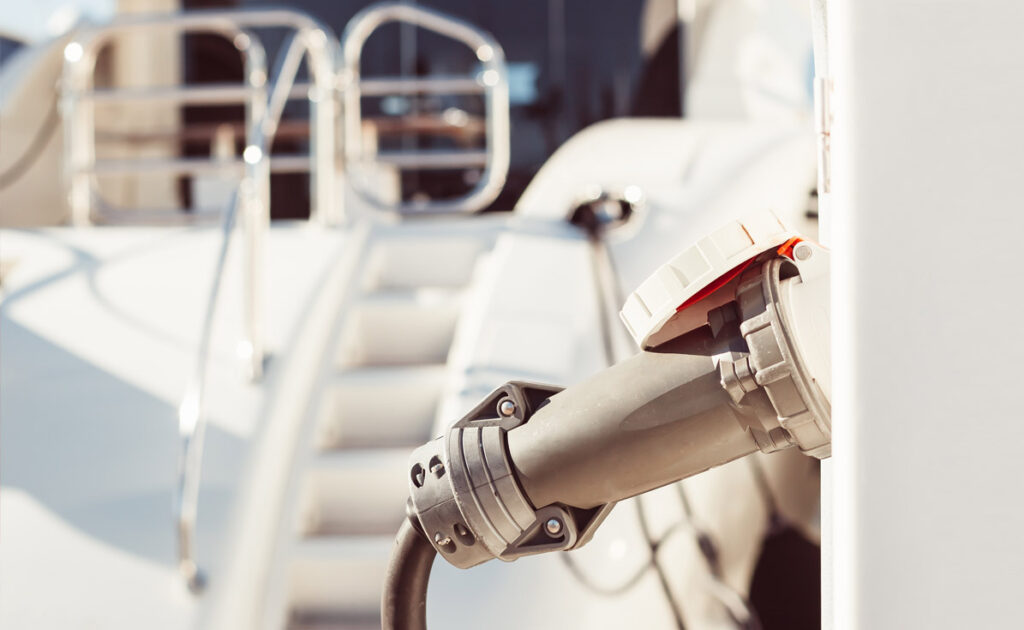
Energy Efficient
Customizable Power Consumption: Set the heater to operate at a lower wattage when full power is not needed, saving energy and reducing the load on your boat’s electrical system.
Battery Conservation: When using battery power, operating at a lower wattage helps conserve battery life, allowing for longer use between charges.
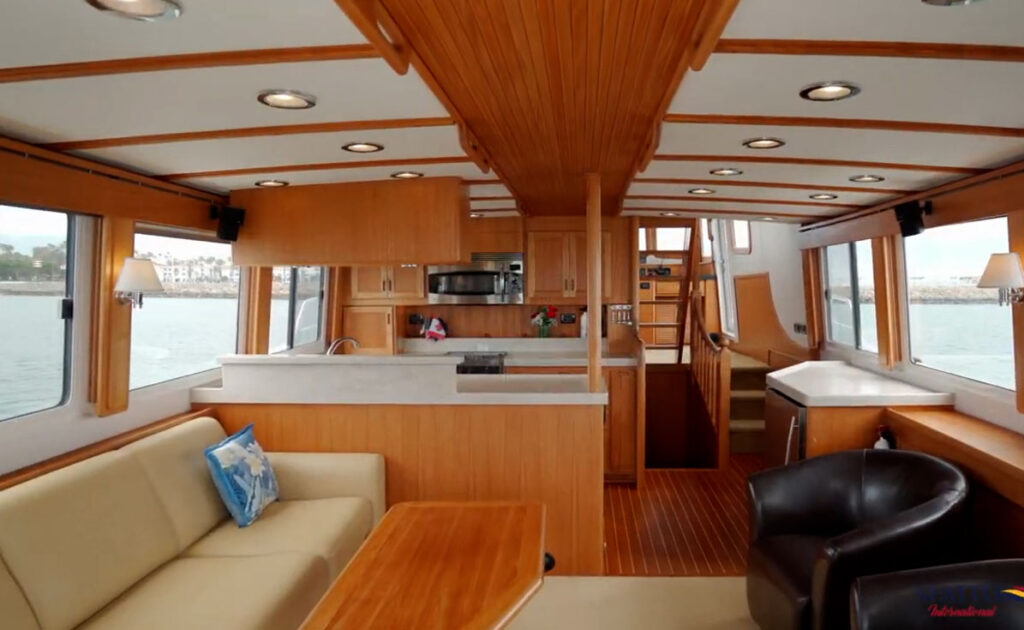
Versatility
Adjustable Heating Levels: You can easily adjust the heating level to suit varying temperatures and comfort needs, providing more precise climate control.
Adaptability: The heater can be used effectively in different situations, whether you’re docked with shore power or relying on an onboard generator or battery/inverter system.
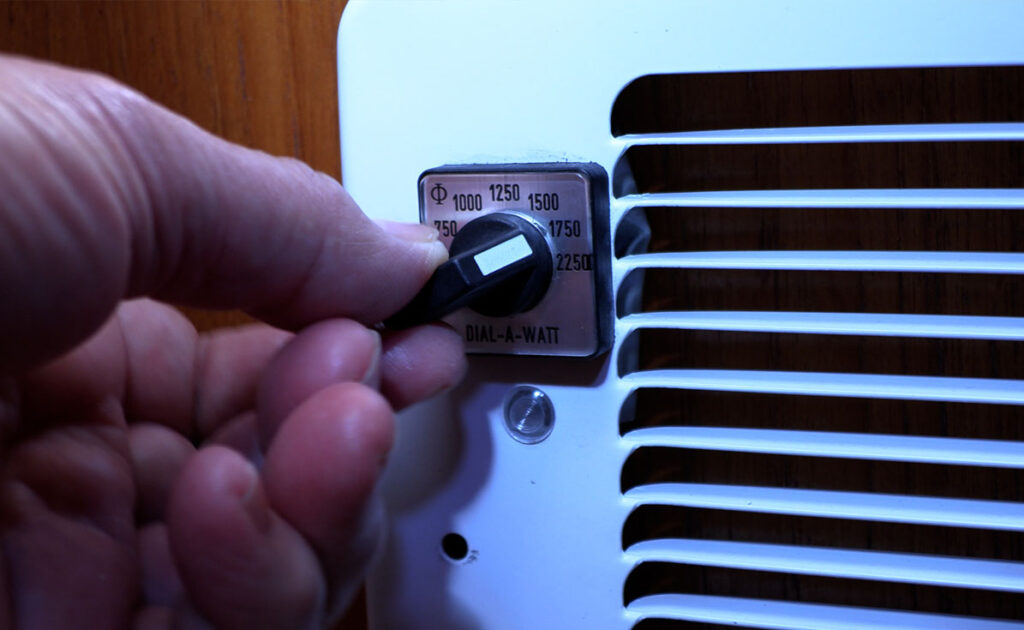
Electrical Load Management
Balanced Load: By adjusting the wattage, you can balance the electrical load on your boat’s system, preventing overloads and potential circuit breakers from tripping.
Compatibility with Other Devices: Lowering the heater’s power usage allows you to run other electrical devices simultaneously without exceeding your system’s capacity.
Understanding And Correctly Utilizing The Various Power Connections Available Is Paramount.
Here are the main types of power connections and how to use an electric heater with each:
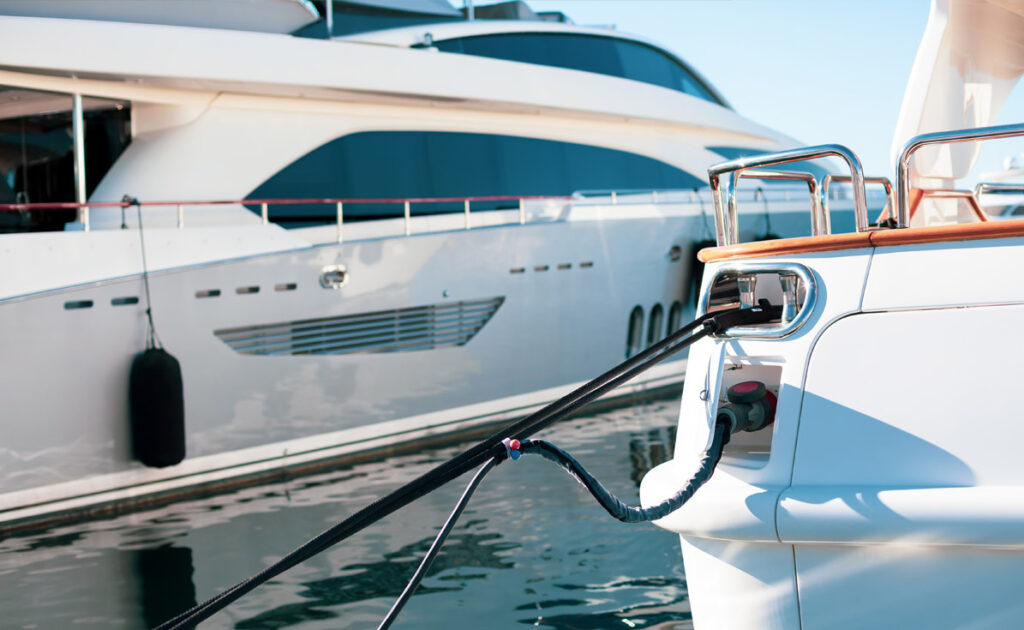
Option #1: Shore Power
Shore power refers to the electrical power provided by a dockside outlet when the boat is moored. It is a reliable and convenient source of power for various electrical appliances, including heaters.
How to Use:
- Check Compatibility: Ensure that your boat’s shore power system is compatible with the dock’s power outlet (typically 120V or 240V, depending on the location).
- Power Rating: Verify that the shore power connection can handle the wattage of your electric heater. Most shore power connections provide ample power for standard heaters.
- Connect Securely: Plug the shore power cord into the dockside outlet and then into your boat’s shore power inlet.
- Monitor Load: Be mindful of the total load on your shore power circuit to avoid overloading. Use a power management system if necessary.
- Safety Checks: Regularly inspect the connections for signs of wear or overheating.

Option #2: Generator
A generator can provide power when the boat is away from the dock or when shore power is unavailable. Generators come in various sizes and power outputs.
How to Use:
- Choose the Right Generator: Select a generator with a sufficient wattage rating to handle the heater and other onboard electrical loads.
- Fuel and Ventilation: Ensure the generator has enough fuel and is placed in a well-ventilated area to avoid carbon monoxide buildup.
- Secure Setup: Place the generator on a stable surface, and secure it to prevent movement.
- Connect Safely: Use marine-grade extension cords to connect the generator to the boat’s electrical system.
- Start and Monitor: Start the generator according to the manufacturer’s instructions, and monitor its operation to ensure it’s running smoothly without overloading.
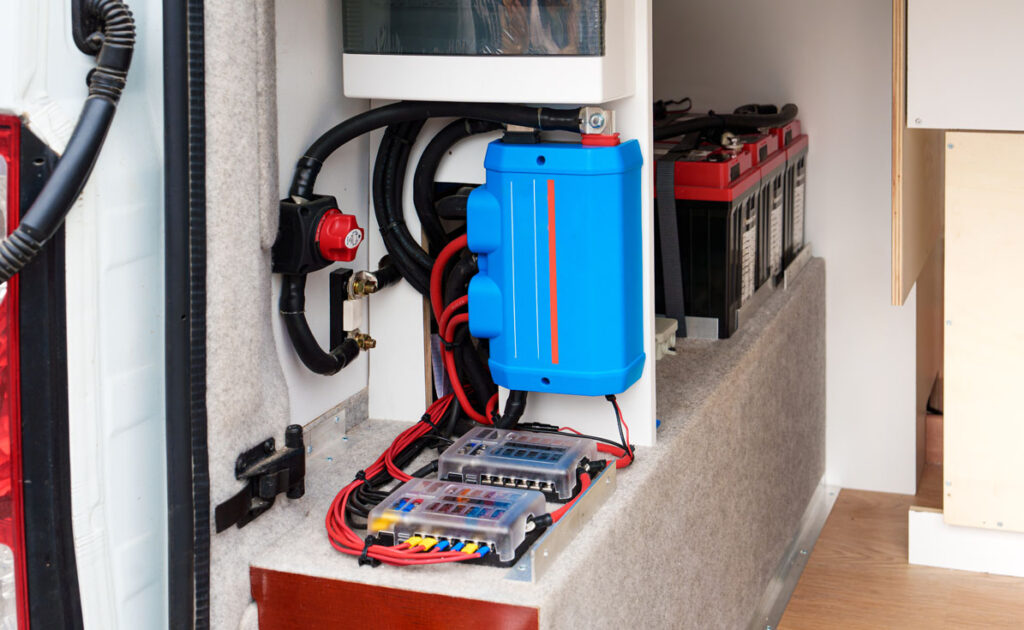
Battery and Inverter
An inverter converts DC power from the boat’s batteries into AC power, allowing you to run standard AC appliances like an electric heater.
How to Use:
- Inverter Capacity: Ensure your inverter is rated for the wattage of the electric heater. Inverters come in various capacities; choose one that can handle the continuous load of the heater.
- Battery Bank Size: Ensure your battery bank has enough capacity (amp-hours) to power the heater for the desired duration without excessive depletion.
- Connections: Connect the inverter to the battery bank using appropriately sized cables to handle the current draw.
- Monitor Usage: Be aware of the battery state of charge. Running a high-wattage heater can deplete batteries quickly, so monitor the battery voltage and recharge as necessary.
- Safety: Use a marine-grade inverter and follow all safety instructions to avoid electrical hazards.
King’s range of marine heaters designed to ensure optimal comfort in marine environments.
These heaters are built with robust, corrosion-resistant materials to withstand harsh conditions, including saltwater exposure. Ideal for various applications such as engine rooms, cabins, and storage areas on both recreational boats or commercial vessels.
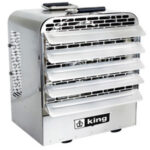
MODEL PKBS
- 208, 240, 480
- 5 KW to 20 KW
Stainless Steel, Marine-Grade Portable Unit Heater specially constructed for heating and freeze protection in dirty, dusty or corrosive areas requiring periodic washing or hose-down.

MODEL KBS
- 208, 240, 277, 480 volt
- 3,000 to 40,000 watts
Stainless Steel, Marine-Grade Unit Heater specially constructed for heating of and freeze protection in dirty, dusty or corrosive areas requiring periodic washing or hose-down.
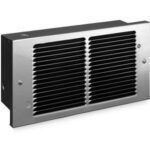
MODEL PAW-SS
- 120, 208, 240, 277 volt
- 250 to 2,250 watts
Stainless Steel, Marine-Grade Wall Heater designed to stand up to the corrosive environment on saltwater boats. The wall can is flanged for recess mounting into a wood bulkhead.
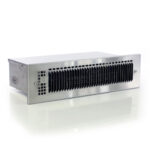
MODEL MKT-SS
- 120, 208, 240 volt
- 500 to 1,500 watts
Stainless Steel, Marine-Grade Low-profile Kickspace Heater. Made of corrosion resistant stainless steel, it is ideal for boats or anywhere both high humidity and space are factors.